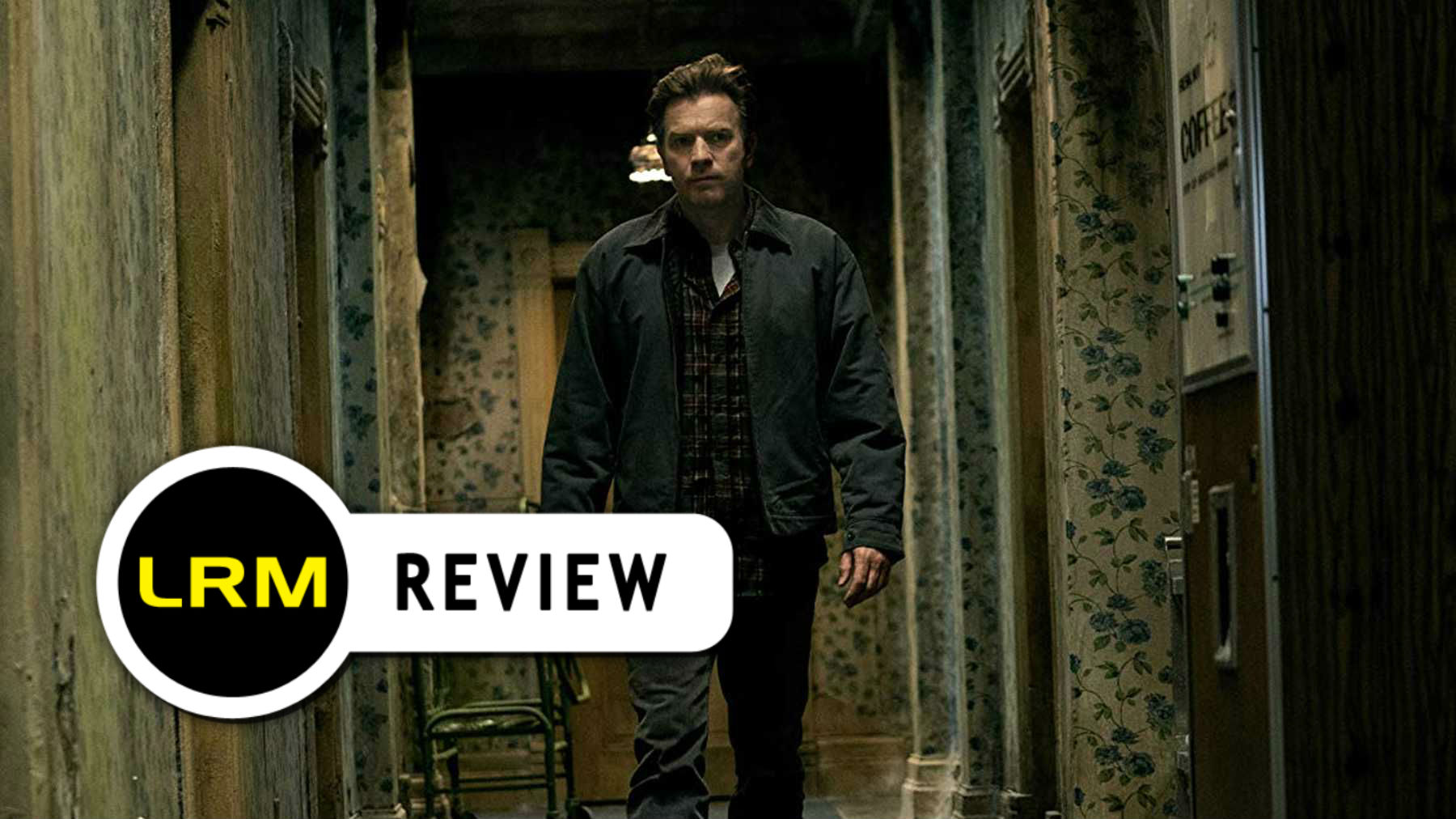

We find out what’s happened on Le Verrier and then we all go home. The one they couldn’t their filthy mitts on. Well, he did.Ĭhopra: Morpheus, Morpheus, Morpheus. Likes to think of himself as the joker of this little group. Quite a baptism of fire, I’m afraid.ĭeep-Ando: Marvelous, ma’am. That thing’s meant to be a lethal fighting machine and it just moves around like a lovesick puppy.ĭeep-Ando (Paul Courtenay Hyu): I could hear your ranting from inside the pod, Chopra. Bit of an attitude in my opinion.Ĭhopra: Well it’s ridiculous.

Um, I don’t fully understand what’s been going on here. I’ve put things together into some kind of order so that you can, um, understand. This is Le Verrier lab in orbit around Neptune. It does that to get you to watch, even when (as often in the case of horror) you aren’t sure exactly why you are watching.Gagan Rassmussen (Reece Shearsmith): You must not watch this. In this way, the episode pokes fun at the “found footage” genre, which never looks like someone filming real-life events that turn scary, but always seems more like orchestrated terror simply filmed on a lower-budget recording device.
#Doctor who sleep no more review code
The professor who invented the Morpheus pods had become a sandman himself, and far from the sandmen spreading like spores, in fact they were created by the Morpheus device, through electronic code which has now been embedded within the video he made and which, despite a warning not to watch it at the beginning, you just couldn’t resist watching. In the conclusion, we are told that that was precisely right. But in this instance, the Doctor explicitly says as much, commenting that things make no sense, that it is as though it is all orchestrated for effect, to make a thrilling show. The episode works better as symbolism than if taken literally. This is symbolized in the episode by the sandmen, which the Doctor suggests are the sleep dust in human eyes, transformed into carnivorous monsters by the Morpheus process.

Rest, in other words, is crucial to our well-being, and insufficient sleep, as we all know, leads us to manifest short-temperedness, anger, frustration, and many other things that we would keep inside, or simply not feel, if we had enough sleep. It’s blessed,” and goes on to suggest that diving into sleep keeps us safe from the monsters inside. The Doctor says, “Sleep isn’t just a function.

The Doctor is not the only one who is critical of the whole concept, but he is the most critical of what it says about human beings that we would seek to minimize sleep in the interest of profit, among other things.
#Doctor who sleep no more review full
In that time, a sleep pod called Morpheus has been created, which allows people to get their full dose of sleep in five minutes, allowing for greater productivity. This takes place in the 38th century, when the dominant force in the Solar System after the “Great Catastrophe” is a Japanese-Indian alliance. Throughout, we have a narrator who talks about what has been happening, and also see the Doctor, Clara, and a rescue team as they explore a station in orbit around Neptune, which suddenly went silent not long before. This is the only completely “found footage” style episodes of Doctor Who, and appropriately it does not even include the opening credits sequence.


 0 kommentar(er)
0 kommentar(er)
